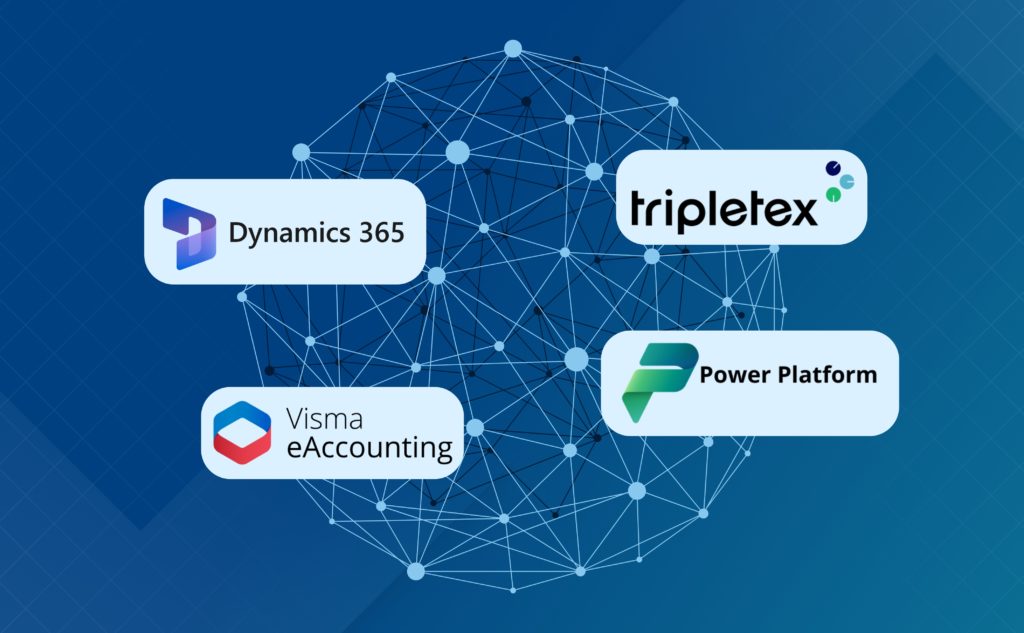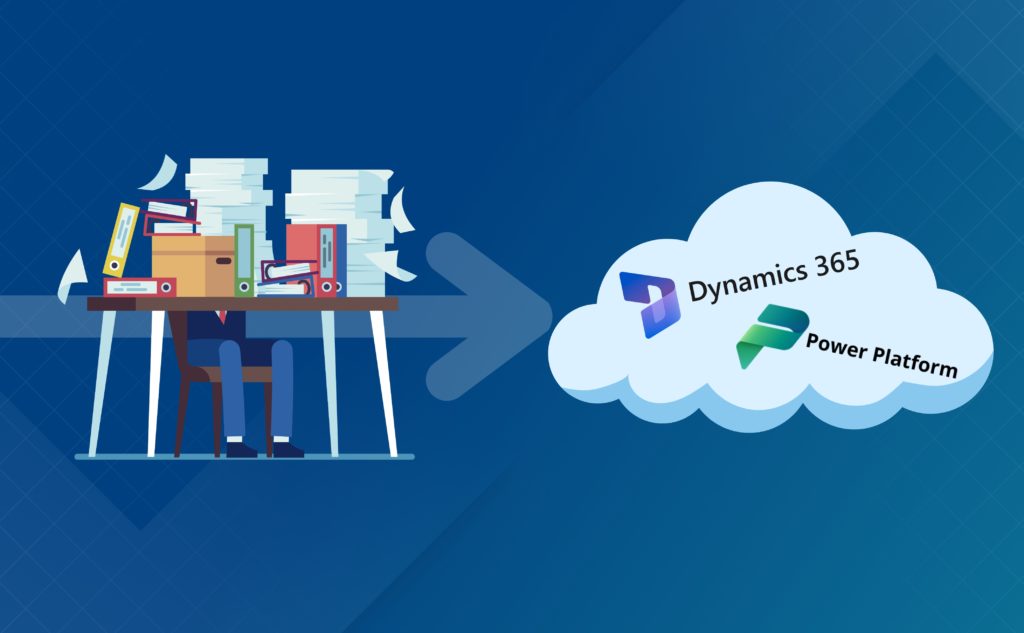Managing variation in data
Individual deductions and incomplete data sets
To manage the individual deductions from various employers of union members, it is crucial to develop flexible solutions that can be adapted to a multitude of data sources. It is important to recognize that the data provided by employers is often incomplete and marked by variation. Our approach involves implementing a robust system that systematically maps, analyses and corrects the data. By using bespoke automation tools based on Dynamics 365, we achieve an elegant balance between manual insight and automated processing.
Essential data elements and identification of deficiencies
To accurately calculate union deductions, we consider the following data elements as essential: the members’ unique identifier, the deduction amount, the payment period, the relevant payroll and personnel data. Through systematic validation routines, we can quickly detect when these elements are inadequate. For example, we use automatic investigations that identify deviations from the expected data pattern, so that an incomplete registration triggers an alert to a data manager.
Managing varying data formats and structures
Members and trade unions often use different data formats and structures, which requires flexible data integration. Our solution is designed to read and interpret various formats – whether it is CSV files, XML structures or other formats – by means of dynamic mapping tools. These tools ensure that all data is standardised into a common, comprehensible format, thereby enabling uniform processing.
Standardisation and validation of received data
We have established strict yet agile processes for the standardisation and validation of all received data. This involves the use of automated routines that check for consistency, data integrity and logical errors. Through periodic reviews and systematic audits, we ensure that the data is accurate and up-to-date, and that any errors are identified and corrected at an early stage.
Integration of supplementary data sources
In cases where the existing data set is insufficient, we integrate supplementary data sources. This may include external data registers or directly collected information from membership organisations. By linking these data to our system, we achieve a more complete and robust picture that supports the calculation of union deductions.
Automated mechanisms for detecting deviations
Our systems utilise advanced algorithms, machine learning models and automated mechanisms to identify and correct discrepancies or errors in the data. By integrating artificial intelligence (AI), we can perform predictive analysis and continuously monitor large volumes of data, which enables us to detect unusual patterns and potential deficiencies before they escalate into larger issues. This intelligent pattern recognition, combined with real-time analysis, allows us to implement immediate corrective measures, resulting in significantly improved accuracy, reliability and efficiency in the computed figures.
Data quality and system adaptation
Continuous evaluation and implementation of measures
To ensure consistently high data quality, we use continuous evaluation processes. With the aid of automated reporting tools, we gain ongoing insight into the data quality, enabling us to quickly identify and address any errors or deficiencies. These processes are both systematic and flexible, allowing them to be adapted to an ever-changing data landscape.
Adaptation in the event of critical data deficiencies
When critical data is missing, our system is designed to adapt by activating fallback solutions. This may include the use of temporary standard values, sourcing alternative data or manual intervention. This dynamic approach ensures that the overall process does not come to a standstill, even under unforeseen circumstances.
Experiences and lessons learned from previous implementations
Our previous implementations have provided valuable experiences that we continuously build upon. By analysing success stories and challenges from past projects, we have developed a system that can quickly adapt to new requirements. This learning process is both innovative and adaptive, providing us with a competitive edge in the market.
Tools and methods for enhanced integration
To further strengthen the integration with union data systems, we use a range of sophisticated tools and methods. These include advanced ETL solutions (Extract, Transform, Load) and integration platform tools, which combined ensure seamless data flow and improved data quality. By continuously evaluating and updating these tools, we ensure that the integration always meets the highest standards.
Flexibility and robustness over time
One of our key strengths is the flexibility and robustness of our system. By designing the solution with a modular architecture and scalable processes, we ensure that the system can be adapted to changes in the data set over time. This forward-thinking strategy is both proactive and adaptive, providing organisations with a stable foundation for continued growth.
Integration with accounting systems
Functional integration and observed challenges
The integration with existing accounting systems is a key component of our solution. The process involves a close connection between membership data and the financial records of the accounting system. We have observed challenges related to incompatible data formats and unexpected interruptions, but these are managed with well-considered and robust error-handling procedures.
Specific systems and varying requirements
Our solutions are integrated with several well-known accounting systems, where the requirements can vary significantly. Some systems require advanced security protocols and extensive validation processes, while others operate with simpler structures. The flexible design of our integration solution makes it possible to meet these varying requirements successfully.
Technical methods and protocols for reliable data transfer
To ensure reliable data transfer, we utilise advanced technical methods and standardised protocols. The use of secure APIs (Application Programming Interfaces), encryption techniques and real-time data monitoring contributes to data flowing seamlessly between systems. These technical solutions are both secure and robust, reducing the risk of information loss.
Ensuring data consistency and accuracy
Data consistency and accuracy are achieved through a combination of automated tools and manual checks. By implementing strict checkpoints during data transfer, we ensure that all financial information is correct and up-to-date. This is essential for building trust with both leaders and members.
Security measures and handling of security breaches
We have implemented comprehensive security measures to protect sensitive information during the integration process. This includes encryption, two-factor authentication and regular security audits. Should a security breach occur, rapid and effective procedures are in place in order to identify, isolate and solve the issue, thereby maintaining the integrity of the system.
Error management, updates and testing
In instances where errors or interruptions in the data flow occur, we utilise established procedures for rapid problem solving. Our system is designed to handle temporary errors by automatically initiating troubleshooting procedures and sending alerts to technical support. Prior to the implementation of new integration solutions, thorough tests and validations are carried out to ensure a seamless transition to updated systems.
KPIs and performance evaluation
To continuously evaluate the performance of the integration, we have defined specific key performance indicators (KPIs). These KPIs include data transfer speed, error rates, uptime and security incidents. By monitoring these indicators, we can quickly identify areas for improvement and implement the necessary measures to optimise system performance.
Collaboration with suppliers
Collaboration with suppliers of the accounting systems is crucial for ensuring complete and up-to-date documentation. Through regular meetings and joint development processes, we ensure that the integration solution is always compatible with the latest standards and market requirements.
Support for growth strategies
Our solutions are not only designed to streamline daily operations but also to support ambitious growth strategies. By utilising advanced data analysis and integrated reporting tools, membership organisations gain a valuable overview of both current performance and future growth opportunities. This insight enables the identification of new market opportunities, the adjustment of strategies, and investment in development initiatives that directly benefit members. With our innovative platform, organisations can free up resources to focus on core activities rather than time-consuming bureaucracy.
Future improvements
Our approach to continuous development means that we are always evaluating and improving our systems. In the near future, we are considering the implementation of new features, such as artificial intelligence for predictive analysis of data deficiencies and further automation of integration processes. These improvements will make the solution even more proactive and adaptable, ensuring that it not only meets today’s challenges but also future ones in an increasingly complex data landscape.
Security, data protection and training
Security and data protection
To ensure that sensitive information is handled in accordance with current legislation, we have implemented strict security measures. This involves both technical and organisational steps such as data encryption, access controls and consistent security audits. These measures ensure that all data – particularly that relating to personal information – is handled with the utmost care and respect for privacy.
Training and support
We understand that a successful system is not solely about technology but also about developing competence and providing robust user support. Therefore, we offer a comprehensive training programme and dedicated support service to ensure that all users get the most out of the tool they are using. Our training courses are carefully designed and delivered via both digital and in-person channels, ensuring that every user – regardless of technical ability – can achieve a deep understanding of the system’s functionality. Ongoing support ensures that any issues are resolved quickly and effectively, thereby maintaining the system’s reliability and user satisfaction.
General considerations
There are several general issues that must be addressed in order to create a comprehensive and robust system for union deductions:
- Incomplete data sets: The systematic challenge of an incomplete data set often arises due to information from the unions being fragmented, outdated, or collected according to varying standards. This is an issue that lies beyond our direct control, and one which we address with our flexible and dynamic solutions.
- Error-free integration: We cannot guarantee complete and error-free integration with all accounting systems. The success of the integration is dependent on the quality and standardisation of the external data systems.
Conclusion
In summary, this e-book demonstrates how the challenges associated with managing varying and often incomplete data from unions can be met with a robust and forward-thinking approach. By implementing advanced automation solutions, strict standardisation processes, and dynamic integration mechanisms, we are able to create a seamless connection between membership data and accounting systems.
The solution, based on Microsoft Dynamics 365 and Power Platform, not only provides precise and efficient handling of union deductions but also supports strategic growth by freeing up resources from burdensome administration. Through continuous evaluation, security measures, and a flexible architecture, we ensure that the system is both robust today and adaptable to future demands.
We encourage leaders in membership organisations to adopt this innovative approach as a strategic tool to enhance financial control and promote sustainable growth. With a solid foundation in data quality and integration, organisations can focus on their core activities – creating value for their members – while being well-prepared for an increasingly digitalised landscape.





